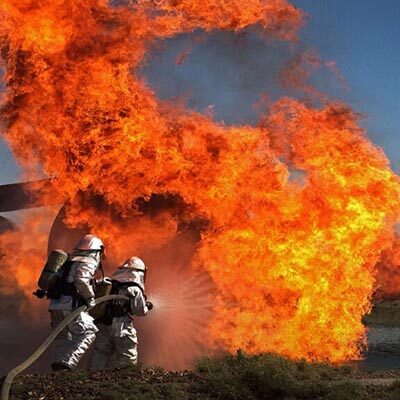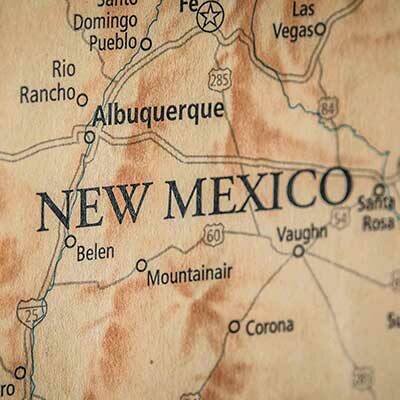PFAS Facts About New Mexico
Have military bases in New Mexico contaminated groundwater with PFAS?
In 2018, the United States Air Force notified the New Mexico Environment Department that groundwater wells at Cannon Air Force Base in Clovis had tested positive for per- and polyfluoroalkyl substances.
The toxic chemicals, more commonly called PFAS, were present at extraordinary levels: more than 370 times what federal scientists say is safe for an entire lifetime of exposure.
Not only that, PFAS had traveled miles from beneath the base and tainted private drinking wells, including those that supply large dairies.
PFAS was also found in the waters below Holloman Air Force Base near Alamogordo.
And those levels were even higher: more than 27,000 times the lifetime advisory level.
What are PFAS and what problems do they cause?
PFAS, or per- and polyfluoroalkyl substances, are a class of thousands of toxic, human-made chemicals that have been linked to reproductive and developmental problems, liver and kidney disease, and immune system problems.
Exposure to PFAS has also been tied to high cholesterol, low infant birth weights, thyroid hormone disruption, and cancer, including non-Hodgkin’s lymphoma and kidney, testicular, prostate, and ovarian cancers.
Chemicals within the PFAS family are found in firefighting foams used by the military—which is what seeped into the groundwater near Cannon and Holloman.
They’re also in everyday products like weather-proof clothing, stain-resistant carpet, and nonstick cookware.
The chemicals—sometimes referred to as “forever chemicals”—can cross the placental barrier and be passed from mother to child during breastfeeding.
They also bioaccumulate, moving up the food chain.
Why are military bases associated with PFAS?
The U.S. military had used aqueous film-forming foams since the 1970s, and in 2004, a study found that the foams had contaminated groundwater with PFAS at installations around the world.
In 2006, the European Union restricted the use and manufacture of products containing PFOS, one of the chemicals in the PFAS family. And in 2007, the U.S. Air Force began replacing PFOS-based firefighting foams at its European bases.
It took until 2016, however, for the Air Force to begin replacing its legacy foam stockpiles within the United States.
What does the EPA have to do with PFAS?
In 2016, the U.S. Environmental Protection Agency established lifetime health advisories—not enforceable regulatory limits, but guidelines—for human exposure to two of the chemicals in the PFAS family.
That same year, a peer-reviewed study showed that the drinking water of 6 million Americans was contaminated with PFAS at levels above those guidelines.
In the midst of the COVID-19 crisis, the EPA said it needed to again delay a planned 2019 national drinking water regulatory determination for just two of the PFAS chemicals, PFOA and PFOS. And states like New Mexico are left without an enforceable limit to rein in the pollution.
Are other places in New Mexico releasing PFAS?
In 2018, the Pentagon issued a brief, showing that 126 military bases within the U.S. had contaminated nearby groundwater. That included Cannon and Holloman Air Force bases.
That number has since swelled to more than 650 facilities.
In March 2020, the Pentagon identified four more military sites in New Mexico that could be contaminating local waters with PFAS, including the Army National Guard armories in Rio Rancho and Roswell, the Army Aviation Support Facility in Santa Fe, and White Sands Missile Range
Is the military cleaning up PFAS at its bases in New Mexico?
The discovery of PFAS on and near the two New Mexico bases—including within the City of Clovis’s water supply—hasn’t triggered emergency plans and cleanup efforts so much as litigation.
In early 2019, the Air Force sued New Mexico, challenging the state’s attempt to force the military to address the PFAS contamination under the hazardous waste permit issued by the New Mexico Environment Department.
A few months later, New Mexico filed its own complaint against the Air Force, asking a federal District Court judge to order the military to act on and fund cleanup at Cannon and Holloman.






